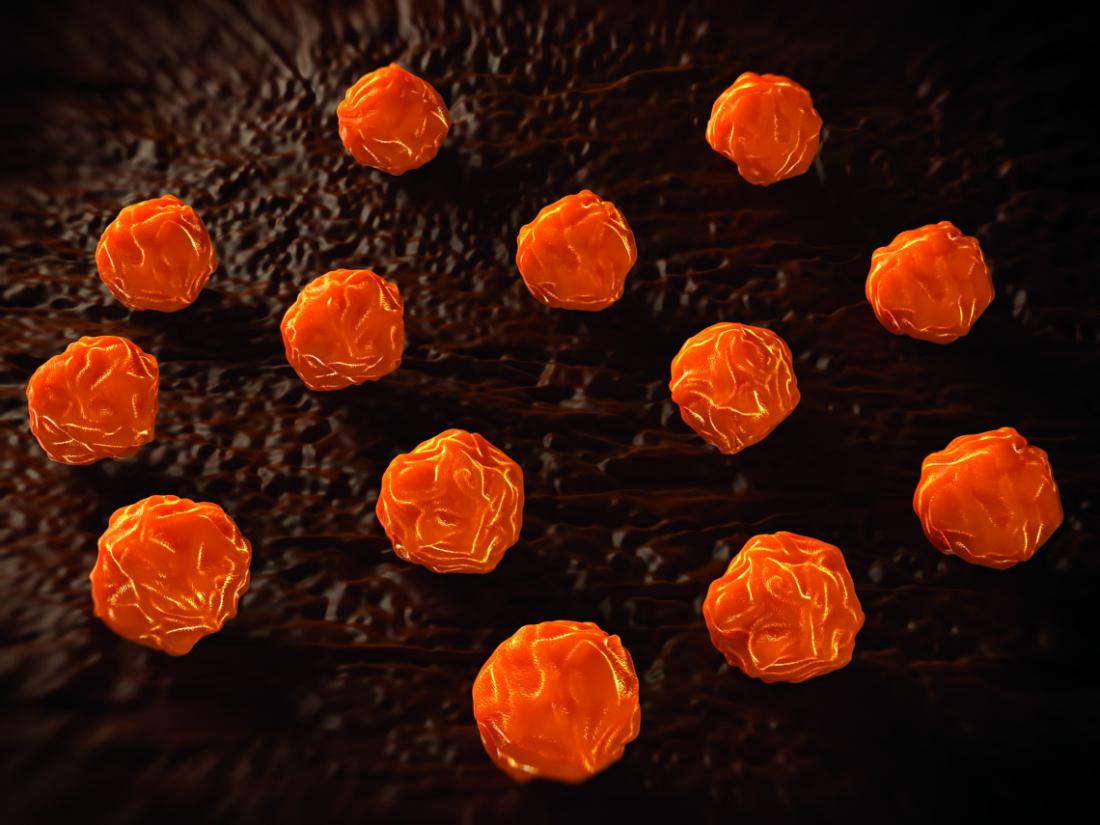Gold nanoparticles can encourage stem cells in the bone marrow (image background) to differentiate into bone cells.
Stem cells can differentiate into any type of cell in the body and create new tissues to repair injuries. The ability to control the differentiation of human stem cells could improve tissue repair or enable the growth of tissues and organs that could be used for repair.
Research conducted at Japan’s National Institute for Materials Science built on previous findings that gold nanoparticles can encourage stem cells in the bone marrow to differentiate into bone cells, and that specific biomolecules can inhibit or promote stem cell differentiation. The researchers attached three different biomolecules – one positively charged, one negatively charged and the other with no charge – to the surfaces of gold nanoparticles. They then used human stem cells derived from bone marrow that would normally become bone cells to test the effects of the nanoparticles on stem cell proliferation and differentiation.
The nanoparticles with the negative biomolecules on their surface promoted stem cell proliferation but suppressed “matrix mineralization”: the process that leads to the deposition of minerals into the bone’s scaffolding, which makes bones strong. The positively charged and neutral nanoparticles mildly inhibited stem cell proliferation but had no effect on their differentiation into bone cells. Further investigations revealed that the nanoparticles caused some genes related to the proliferation and differentiation of stem cells to express differently.
The findings demonstrate that gold nanoparticles that are modified in different ways have varying effects on stem cell proliferation and differentiation. A similar approach could be used to produce an assortment of nanoparticles with a variety of surface modifications designed to control the functions of stem cells in different tissues. Such specific control could enhance stem cell manipulation for regenerative medicine.
The researchers next plan to develop scaffolds that can be used, together with the nanoparticles, to support tissue regeneration.
For further information contact:
Dr Guoping Chen
International Center for Materials Nanoarchitectonics
National Institute for Materials Science, Japan
E-mail: [email protected]



